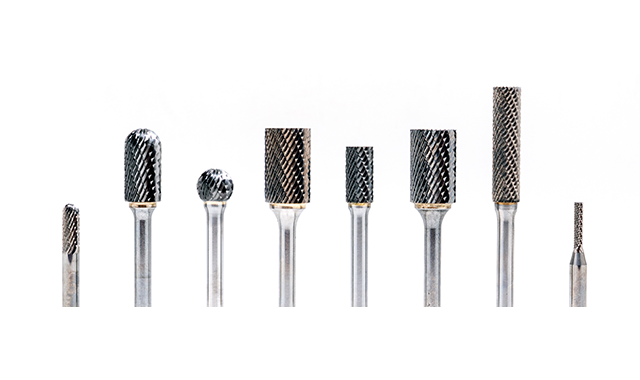Dental Veneers Guide for 2021: The Cost, Risk, and Procedure

Your curiosity about veneers could mean several things. It can range from having stubborn teeth coloration that whitening strips or teeth whiteners can’t treat or chipping your tooth, or maybe you are unhappy about the shape and size of your teeth, and you need a bright new beautiful smile. Whatever your reason, dental veneers are increasingly becoming popular by the day, and this popularity can be attributed to the many teeth transformation pictures trending on IG every day.
Although the before and after photographs of the teeth make dental veneers look very easy and quick, the process is quite expensive and involved than you may have thought.
So if you are curious about having dental veneers, this piece is for you. Read on as we cover all the facts.
Table of Contents
What are Veneers?
Veneers are thin wafers permanently placed on your teeth to cover their shape, natural color, or position in the mouth. You can apply veneers on multiple teeth or just a tooth. You can also opt for full veneers, which cover the front of the tooth entirely, or partial veneers, which cover the entire tooth. This depends on your budget and needs.
Can Everyone Get Veneers?
Although dentists usually have the final say, many people with healthy gum and better oral hygiene may contemplate veneers if they dislike the shape or color of their teeth or their broad smile. If your request is approved, you might see an orthodontist first. However, you still need to meet with your dentist to decide the best option for the process, your bank account, and smile.
What are the Different Types of Veneers?
There are two types of veneer: composite and porcelain.
Porcelain Veneers
These are thin porcelain layers, custom-fit & attached to the teeth. They are of better quality, long-lasting, and stronger than composite veneers. However, they were more expensive. Although both require numerous trips to your dentist, porcelain veneers are more involved.
The process involves the dentist creating temporary veneers produced from a liquid composite. This serves as the new teeth’ blueprint. They are stain-resistant, so the dentist might need to use their skin color to decide on a color to get the best durable shade.
Once you start the veneer process and find out the number of dental veneers you need, you will be required to take more photographs, x-rays, and molds. You will afterward get temporary veneers which you will wear between seven to ten days. This gives you the chance to see how your smile will look in real life, and it is otherwise called the trial smile.
Once a decision is taken on what you want, the dentist will prepare the final molds and transfer the molds to a ceramist for duplication.
When the duplicates are ready, the porcelain veneers will be bonded to the teeth again to ensure that they are the perfect match.
Composite Veneers
These are produced from tooth-colored composite resin. They are very affordable when compared to porcelain veneers but are weaker and prone to stain. The process begins with a composite, also known as a dental filling. This composite is bound to the teeth to reshape them. It requires fewer dentist appointments but longer periods. Note that the outcome depends majorly on the dentist’s skill.
How Much Do Veneers Cost?
Everything begins with a consultation. Some dentists charge $500 for consultation, and if you continue with the procedure, each veneer can cost up to $4000.
Composite veneers cost between $300 and $1500 per tooth, while porcelain veneers cost between $1000 and $4000 per tooth.

 Straightening Your Smile: Invisalign vs. Traditional Braces
Straightening Your Smile: Invisalign vs. Traditional Braces  Who Needs Emergency Dental Care
Who Needs Emergency Dental Care  Teledentistry.com’s Emergency Dental Care Financing Options For Veterans
Teledentistry.com’s Emergency Dental Care Financing Options For Veterans  Dental Burs
Dental Burs  Invisalign Vs. Braces: Which One Is Better For You?
Invisalign Vs. Braces: Which One Is Better For You?  The Beginner’s Guide to Cosmetic Dentistry
The Beginner’s Guide to Cosmetic Dentistry  Step-by-Step Guide to Cloning an Appealing Voice with AI for Promo Videos
Step-by-Step Guide to Cloning an Appealing Voice with AI for Promo Videos  How to Create Stunning Images for Social Media Promotion: A Guide for Small Businesses
How to Create Stunning Images for Social Media Promotion: A Guide for Small Businesses  world.birosdmpoldakalsel.id in Indonesia
world.birosdmpoldakalsel.id in Indonesia  Shift.birosdmpoldakalsel.id in Indonesia
Shift.birosdmpoldakalsel.id in Indonesia